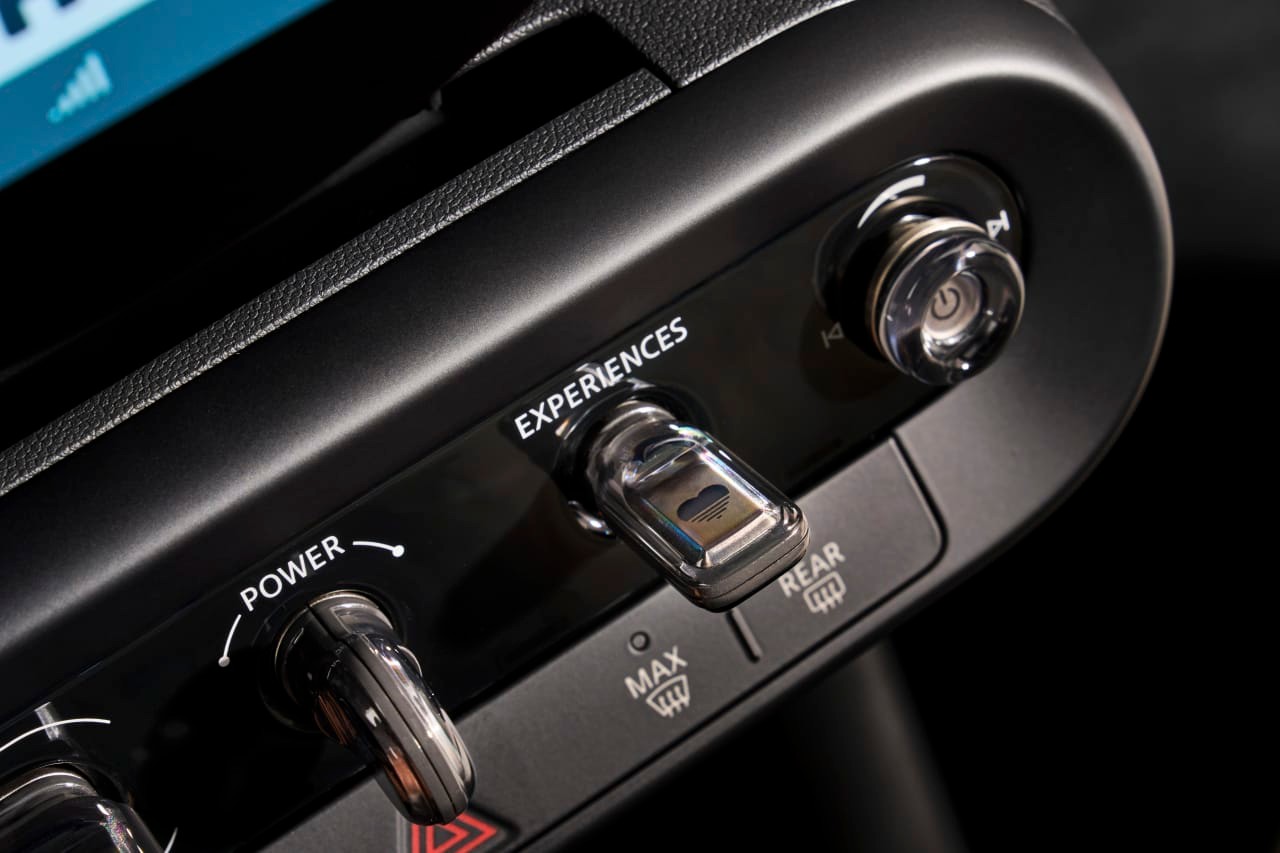
In a surprising twist, physical buttons and knobs are making a comeback in consumer electronics and appliances. This "re-buttonization" trend has put Rachel Plotnick, an associate professor at Indiana University and expert on the history of buttons, in high demand.
The Return of Tactile Controls
After years of touchscreen dominance, many manufacturers are reintroducing physical controls:
- Apple added two new buttons to the iPhone 16
- Home appliances like stoves and washing machines are bringing back knobs
- Several car makers are putting buttons and dials back on dashboards and steering wheels
This shift comes as consumers grow weary of all-touchscreen interfaces and crave more tactile feedback.
Why Buttons Are Back
Plotnick, author of "Power Button: A History of Pleasure, Panic, and the Politics of Pushing," explains several factors driving this trend:
- Tactile controls don't require visual attention, allowing users to operate devices by feel
- Physical buttons provide richer feedback and a more satisfying user experience
- Buttons can be safer for tasks like driving that require minimal distraction
- Growing screen fatigue has people seeking alternatives to constant scrolling and tapping
"There seems to be this kind of richness of the tactile experience that's afforded by pushing buttons," Plotnick notes. "They're not perfect for every situation, but I think increasingly, we're realizing the merit that the interface offers."
A Multi-Interface Future
While buttons are resurging, touchscreens aren't disappearing. Instead, Plotnick sees a future with multiple interface options tailored to different needs:
"We see paradigm shifts over time with technologies, but for the most part, we often recycle old ideas," she explains. "I think it means carefully considering what the right interface is for each situation."
Buttons in Design and Engineering
Plotnick's expertise is now sought after by companies looking to improve their products:
- Medical device makers consult her on designing intuitive controls for CT and X-ray machines
- Defibrillator manufacturers explore ways to make people more comfortable using their devices
- Engineers draw on button history to avoid past mistakes and incorporate successful designs
"I like the idea that people who are in the humanities studying these things from a long-term perspective can also speak to engineers trying to build these devices," Plotnick says.
As the pendulum swings back toward physical controls, it's clear that reports of the button's death were greatly exaggerated. Instead, we're entering an era where digital and analog interfaces coexist, giving users the best of both worlds.